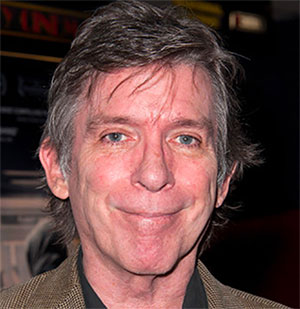Review: A small rabbit carries the hopes of a grieving family in 'The Burrow'
Published in Books News
The epigraph of Melanie Cheng’s novel “The Burrow” comes from an unfinished Franz Kafka short story with the same title: “The most beautiful thing about my burrow is the stillness. Of course, that is deceptive. At any moment it may be shattered and then all will be over.”
Kafka’s work about an unidentified animal, barricaded underground against an unknown enemy, sets the tone, as epigraphs are wont to do (an even more appropriate snippet might have been, “In reality the burrow does provide a considerable degree of security, but by no means enough, for is one ever free from anxieties inside it?”). But Richard Adams’ “Watership Down” carries the metaphorical ball for Cheng’s slim but deeply rendered exploration of a family reeling after the unthinkable happens.
Adams’ 1972 novel about a group of rabbits that leaves home after disaster is foretold, in search of a new warren, comes into play when Jin picks up a 9-week-old mini lop rabbit. In the wake of their own family’s disaster, he and wife Amy agree to give a “forever home” to the rabbit after daughter Lucie wears them down with incessant pestering. They cave because it’s “the first thing she had shown real enthusiasm about since the accident.”
It’s not until Amy’s mother, Pauline, comes to live with them after breaking her wrist (COVID-19 is still circulating, restrictions are in place in Melbourne, Australia, where they live, but the curfew has lifted) that the rabbit gets his name.
“Well, bunny names are easy,” Pauline says. “Have you ever read ‘Watership Down’? I mean, is he a Hazel or a Fiver or a Bigwig?”
Lucie decides on Fiver, a suitable choice considering he’s the “Watership Down” rabbit who can see the future, which “The Burrow’s” Fiver comes to represent (Hazel is Fiver’s brother/the rabbit leader, and Bigwig is a fighter). Lucie and her grandma read Adams’ book together as the family coalesces around the new pet.
Just like the “red wheelbarrow/glazed with rain water” in the William Carlos Williams poem “The Red Wheelbarrow,” so much depends upon Fiver in “The Burrow.” The family’s collective grief weighs symbolically on the poor creature, and the fear is that something will happen to it. “Rabbits were not exactly renowned for their resilience,” Jin thinks.
Cheng uses that fear to create a degree of suspense, but mostly it is the basis for revelations. Fiver is often referred to as a “prey animal,” suggesting precariousness, a need to hide, invisibility and the inability to get too close. Lucie, similarly, resolves to “make this grumpy creature love her. If it killed her,” but she chooses to escape when her parents fight. Jin, too, often seeks invisibility.
What’s so quietly devastating about “The Burrow” is just this very thing: the family slowly becoming known to themselves, each other and us. If only they would do X, Y or Z, everything would be better, we think as they go about their lives. From a remove, like Fiver, we watch and wait for them to get there, holding our breath all the while.
____
The Burrow
By: Melanie Cheng.
Publisher: Tin House, 187 pages, $16.95.
©2024 The Minnesota Star Tribune. Visit at startribune.com. Distributed by Tribune Content Agency, LLC.













Comments